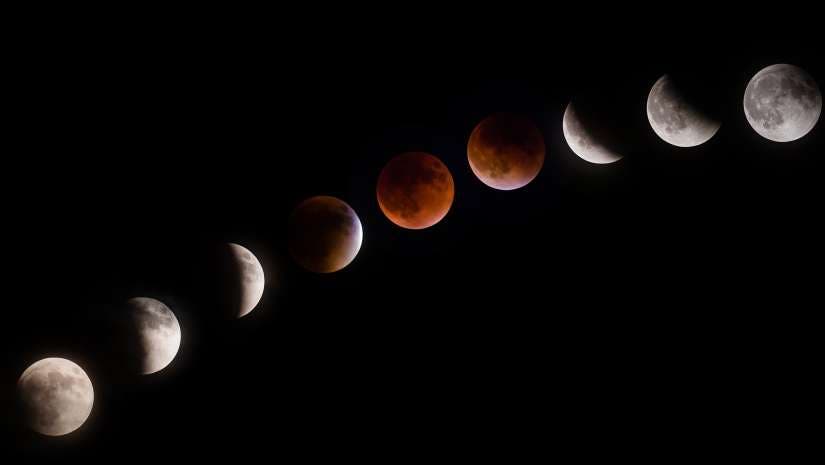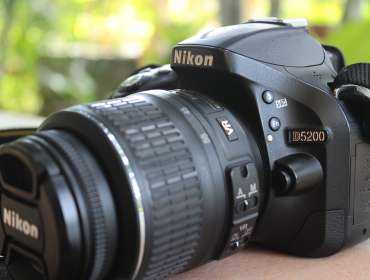Stargazers are in for a treat this weekend as the Super Blood Moon will occur during a total lunar eclipse. If you plan on capturing this rare event on camera (this will be the only total lunar eclipse of 2019) it’s best to figure out your settings beforehand.
Here are some simple tips on how to shoot a lunar eclipse.
Invest in a sturdy tripod:
As you will probably be shooting long exposures, a sturdy tripod to combat camera shake is essential. If you have a cable release, now’s the time to use it because even the slightest vibration of your finger on the shutter button can make a noticeable difference in the the sharpness of your image. And if you are using a telephoto lens, test your tripod’s load capacity beforehand to make sure it can handle the weight. (Don’t forget to also check the weather for wind conditions!)
Use a Wide-Angle OR Telephoto lens:
With a wide angle lens you’ll be able to provide context to your moon pictures by including the scenery in the foreground. You will need to have a camera capable of shooting long exposures. With a telephoto lens, you’ll get a larger, more detailed close-up without much foreground in the composition.
Figure out your starting exposure settings (and keep adjusting them during the eclipse):
With a wide-angle lens start with an ISO of 400 and the widest aperture of your lens. Adjust the shutter speed in 5-second intervals and try a variety of exposures as needed. Keeping your shutter speed to a minimum of 40 seconds will prevent star trails. If you plan to use a telephoto lens for large pictures of the moon, the lunar eclipse exposure guide can help you figure out the proper exposure. As the eclipse progresses, you will need to keep changing your exposure settings to compensate.
Turn off your Auto Focus:
Once you figure out your camera positioning, manually focus your lens before you start shooting so you won’t have to fumble around and keep refocusing every time you take a picture.
Take bracketed photos:
If you are shooting a sequence of photos, take a bracketed series of pictures every 10 to 15 minutes. You’ll then be able to create a cool composite image using Photoshop.
(Bonus Tip: Cheat and buy the Nikon COOLPIX P900 Digital Camera, the only super-zoom camera with an insane 83x optical telephoto lens that can shoot a jaw dropping 2m focal distance.)
This post was originally published on February 9, 2017, and later updated.





